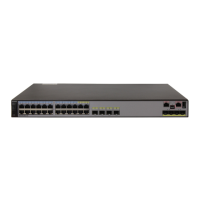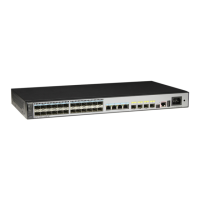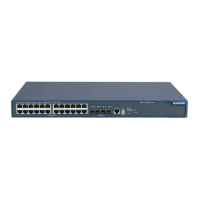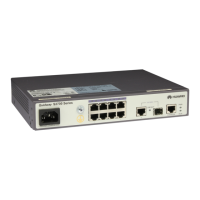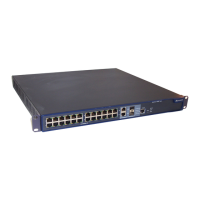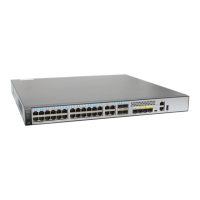OptiX OSN 7500
Technical Manual - System Description 6 Data Features
Huawei Technologies Proprietary
6-12
Table 6-3 RPR service class
Class Sub-class Bandwidth Jitter Fair algorithm Application
A0 Allocated,
irreclaimable
Low Irrelevant Real time A
A1 Allocated,
reclaimable
Low Irrelevant Real time
B_CIR Allocated,
reclaimable
medium Irrelevant Near real timeB
B_EIR Opportunistic High Relevant Near real time
C C Opportunistic High Relevant Best effort
3. Topology Discovery
The topology discovery function realizes the plug and play feature, for the function
provides reliable method to discover the network nodes and their variation. In this
case, the nodes of an RPR can be automatically added, deleted and switched.
There may be more than one EMR0 in equipment, so an NE may have more than one
RPR node. The plug and play feature allows adding or deleting nodes without
affecting the services on an RPR.
To increase or decrease the total bandwidth of an RPR, use the LCAS function. The
LCAS features adding and reducing bandwidth dynamically without affecting existing
services.
4. Spatial Reuse
The stripping of unicast frames at the destination station realizes spatial reuse on an
RPR. As shown in Figure 6-10, the bandwidth of a ring is 1.25 Gbit/s. Traffic 1
transferred from node 1 to node 4 is stripped from the ring at the destination node 4.
After the arrival of traffic 1 at node 4, traffic 2 can be transferred from node 4 to node 3,
by occupying the link capacity that would have been occupied by traffic 1 if it is not
stripped at node 4.
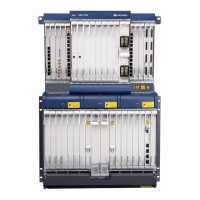
